Seppuku or Hara-Kiri: A strange genre of suicide
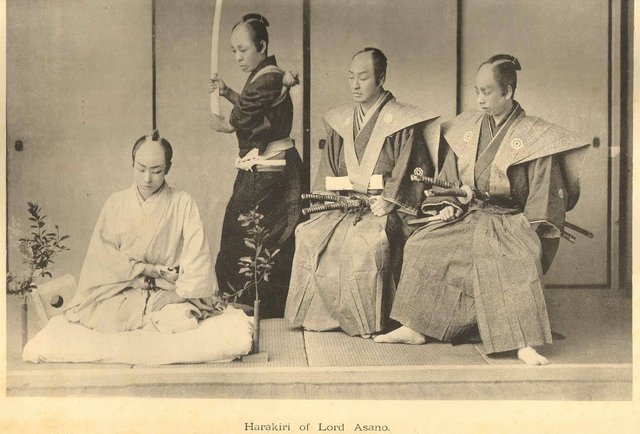
Death is better than being caught by the enemy - this mentality is quite old. There have been many events in history, many traditional rituals, where defeated warriors humiliated suicide rather than endure the humiliation of captivity in the hands of the enemy. One such formal suicide method is 'seppuku', which is also known in many cases as 'hara-kiri'.
The genre of suicide, officially known as Seppuku, is more prevalent in Japan than in Japan. Although the names are different, the meaning is the same. Seppuku or hara-kiri means to cut the belly. Yes, in this ritual, he cuts his own stomach and dies.
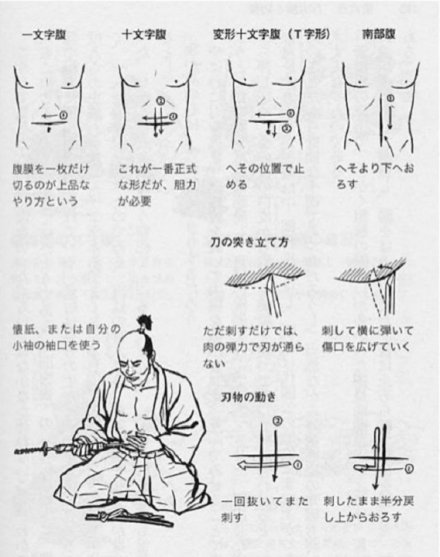
The source of this ritual death is Japan. It's hard to find people who haven't heard the name of the Japanese samurai clan. Japanese warriors were called 'samurai'. The name samurai was originally used to identify elite warriors. However, the name is used for all of Japan's warriors who rose to power in the 12th century. It is in this samurai group that this system of dignified life is introduced.
Why the ritual of dying of stomach? In ancient Japan, it was thought that the human soul lived in the stomach. Therefore, the death of the belly was considered to be the most honest and courageous way of dying. And so this privilege belonged only to the elite samurai tribe. The common people willingly chose death, could be hanged or submerged in water; the women of the samurai tribe could die by cutting their throats, the system was called 'Jigai', but the rights and dignity of seppuku were reserved only for the warriors. It was believed that a samurai warrior could save or maintain his and his family's honor only through the observance of Seppuku. The defeated or disgraced samurai, who chose to surrender instead of suicide, would become a vessel of reproach to society.
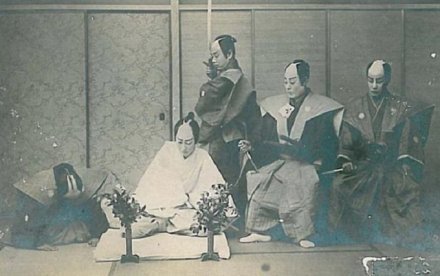
Hara-Kiri's first example was seen in the 5th, after the battle of 'Uji'. The first Hara-Kiri was executed by Minamoto no Yurimashi. He chose death rather than confessing torture to the enemy and giving valuable information. Until then this idea was not so prevalent among the samurai. But since then there has been a sickening popularity to this rule of death. Such an approach may seem strange to us, but it is a natural matter in the Japanese tradition of giving the highest respect to honor.
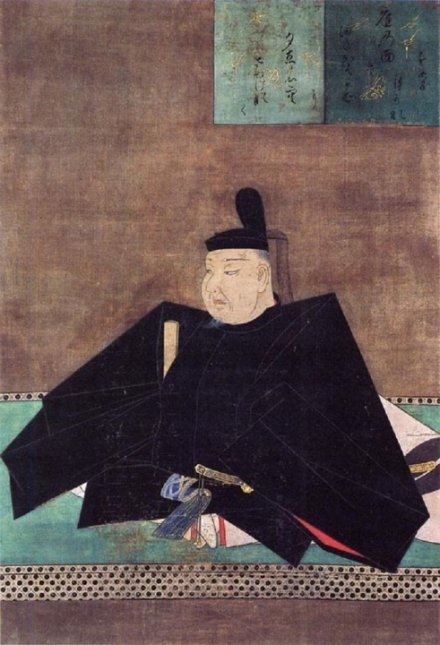
About the 12th century, Seppuku became widely known. But until the 7th century, this practice was followed very poorly. That is, no specific rules were to be followed, the process of death was different from human. The most popular method was to cut the abdomen vertically using a small knife called 'tanto', and the least common method was to place any knife in one place and fall on it. These imbalances change drastically in the 'Edo' period (about 3 to 5 years). That is, when the Tokugawa Shogunate and their subordinates were around, the "Daimio" ruled in Japanese society.
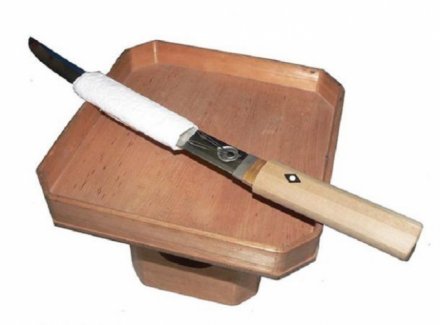
At this time, the inhabitants of the community level made Seppuku a very rigid formality by combining various complex steps. The first big change comes from where Seppuku will be held. Generally speaking of keeping Seppuku on the battlefield, when all hopes of winning the war are exhausted. But in the Edo Period this arrangement changes. Instead of committing suicide on the battlefield, the defeated warrior would later have to perform Seppuku in large crowds. This kind of seppuku was compulsory. It was regarded as the main punishment for saving the samurai warrior from disgrace. This ritual was celebrated by many organizers. First, a white cushion was placed at a specific location. The defeated warrior had to kneel on Kushan wearing a white kimono (traditional Japanese clothing). He was given his favorite food as his last meal. On the other side, the warrior wrote 'death poem', which would be regarded as his last words and testimony, to wait quietly for death with a knife for the stomach. Earlier, the warrior would have chosen a 'kaisakunin' or helper, who was ready with a sword to his left. As soon as he was hit by a tanto, Kaisakunin confirmed the fighter's death with a sword injury on the back of his head.
Kaisakunin had to be a very skilled swordsman, because he had to cut his head off in such a way that the whole head would not detach from the torso. Some meat had to be attached to the torso to confirm the position of the head in such a way that it looked as if the defeated warrior had bowed to the front. At around 4, Kaisakunin became the central character of the whole Seppuku system. Although the rule was, at first the warrior would cut the abdomen and after a certain amount of time, Kaisakunin would hit the back of his head, but it would later be seen that the head was struck immediately with a stomach injury. As time went on, it was found out that the warrior was hitting the head with a knife in his stomach before killing Kaisakunin.
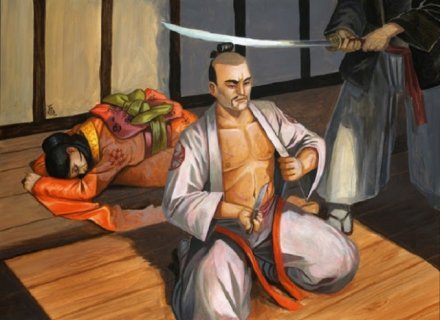
The most significant sign of compulsory seppuku can be said to be the Ronin incident. Ronin was called the godless samurai warriors, who were often wanderers and active rebels. ৪৭ Ronin becomes unmanageable when their master 'Asano Naganori' is killed by treachery. They assassinated Asano, who was responsible for Shimune (then Japanese military dictator) Tokugawa Tsunashi's daimyo 'Kira Yoshinaka'. After the incident, the Shogun instructs the 4 Runnin to observe Seppuku.
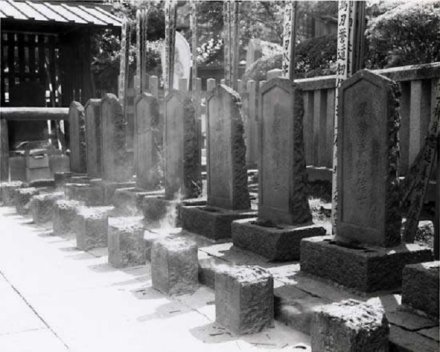
Another type of seppuku was voluntary. It was basically choosing death rather than falling into the hands of the defeated warriors on the battlefield. Gradually, a samurai began to observe Seppuku voluntarily as a testimony to his master's loyalty, or as a protest against the decision of a government or political leader, or atonement for failing to fulfill his duty. In modern Japan, there are several notable volumes of voluntary seppuku, one of which is the death of several military soldiers after the defeat of World War II through the observance of seppuku. They committed suicide by cutting the left to right side of the abdomen with a knife of about 5 cm.
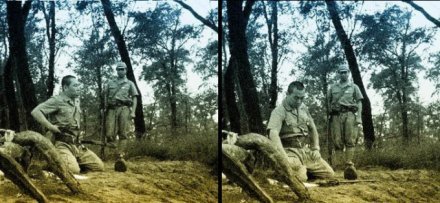
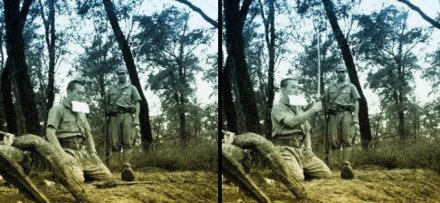
Another famous Seppuku incident happened in the year 4, when Japanese novelist Mishima Yukio died in the stomach with his stomach. He chose this route to support his thinking about losing the value of Japanese heritage.
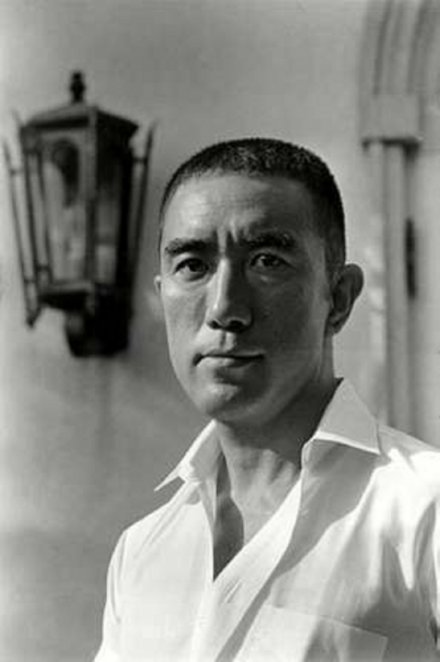
Seppuku has appeared in several films, writings and plays at different times. By analyzing them, voluntary seppuku can be divided into several more. Usually a new type of seppuku is revealed in the film, called 'kanshi', where seppuku was observed as a protest against the persecution of a political leader or landlord. However, in many cases there was a difference from the ordinary seppuku that in this case the samurai warriors caused deep wounds in the abdomen and bandaged it as fast as possible. He would later speak to the crowd and unveil the wound as his solidarity with the protest.
This type is quite different from the death of the 'funshi' or damnation. Funshi was the only medium to specifically portray Seppuku. The samurai warriors used to observe this seppuku in favor of any dissent or protest. In Japan's theater again there was a fictitious version of Seppuku called 'Kazibara'. Again some samurai chose a type of seppuku called 'jumonji giri'. No kaikasunin was allowed in this manner. The abdomen is cut horizontally with tantoos and again from the chest to the lower wounds. This is especially known as the painful procedure of seppuku, because it involves the death of a slowly bleeding.
After the restoration of the Meiji Empire by Emperor Meiji, Seppuku's execution as a judicial punishment came to a halt in the 5th. However, although not administratively practiced, the practice continued in Japan at different times.
Although Seppuku or Hara-kiri are regarded as honorable deaths among the samurai tribe, the question that often arises is whether it is really honorable or merely an attempt to maintain their pride. Another version of Hara-Kiri or Seppuku emerges in the movie 'Hara-kiri' directed by director Kobayashi. The indomitable sorrow of the Ronin, the godless samurai warrior, is revealed in the film. As seen in the film, a young Ronin Lee, a Motomi, wants permission to celebrate Seppuku in front of the tribe's palace.
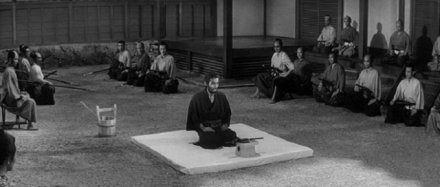
At that time the situation of the Ronin was very bad, there was no work, so there was no income. Motomi had heard that earlier, a Ronin wanted to observe Seppuku in this way and he was sent off with some money. He does this in hopes of getting some money to treat a sick wife and child alike. But the three elderly samurai of the tribe thought to teach Mutami, thinking that the number of such runnins was increasing and that an example should be set in order to reduce it. He was forced to observe Seppuku. With his bamboo sword, he was forced to observe Seppuku. The question of how reasonable Seppuku or Hara-Kiri's dignity is really is in the film. The question of how justified it was to force someone to die in this painful way of coercion or punishment remains.